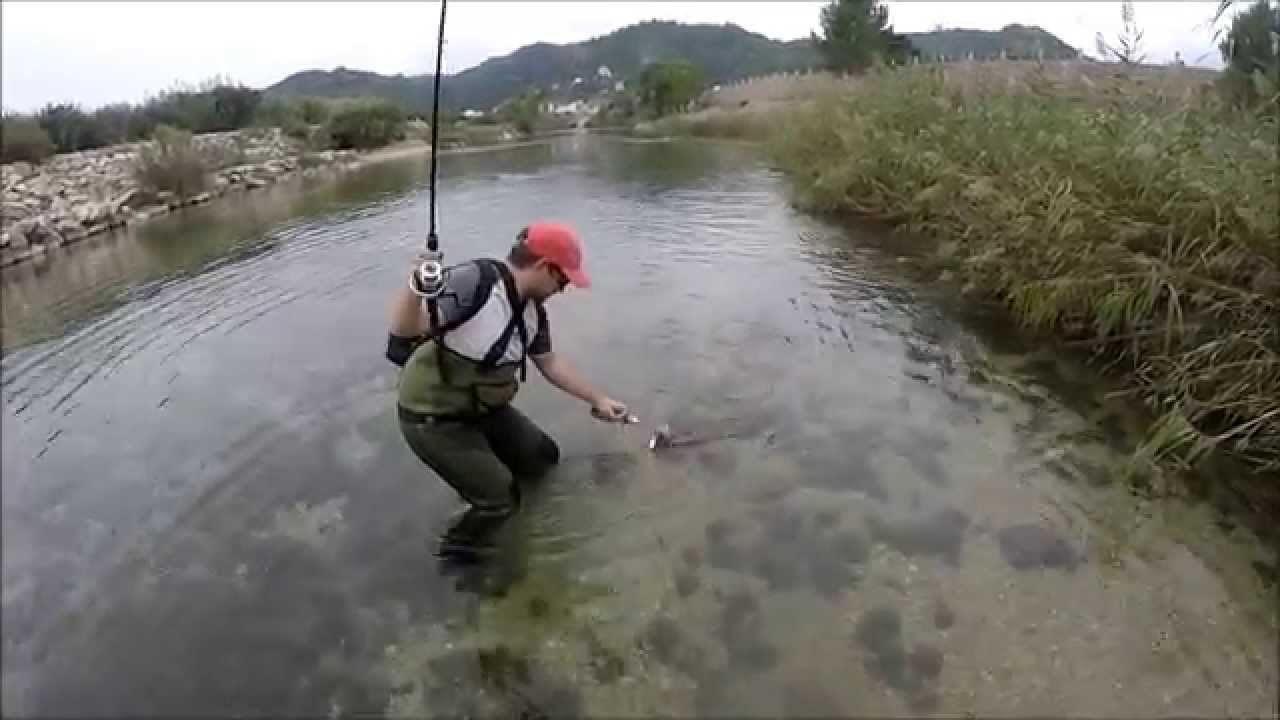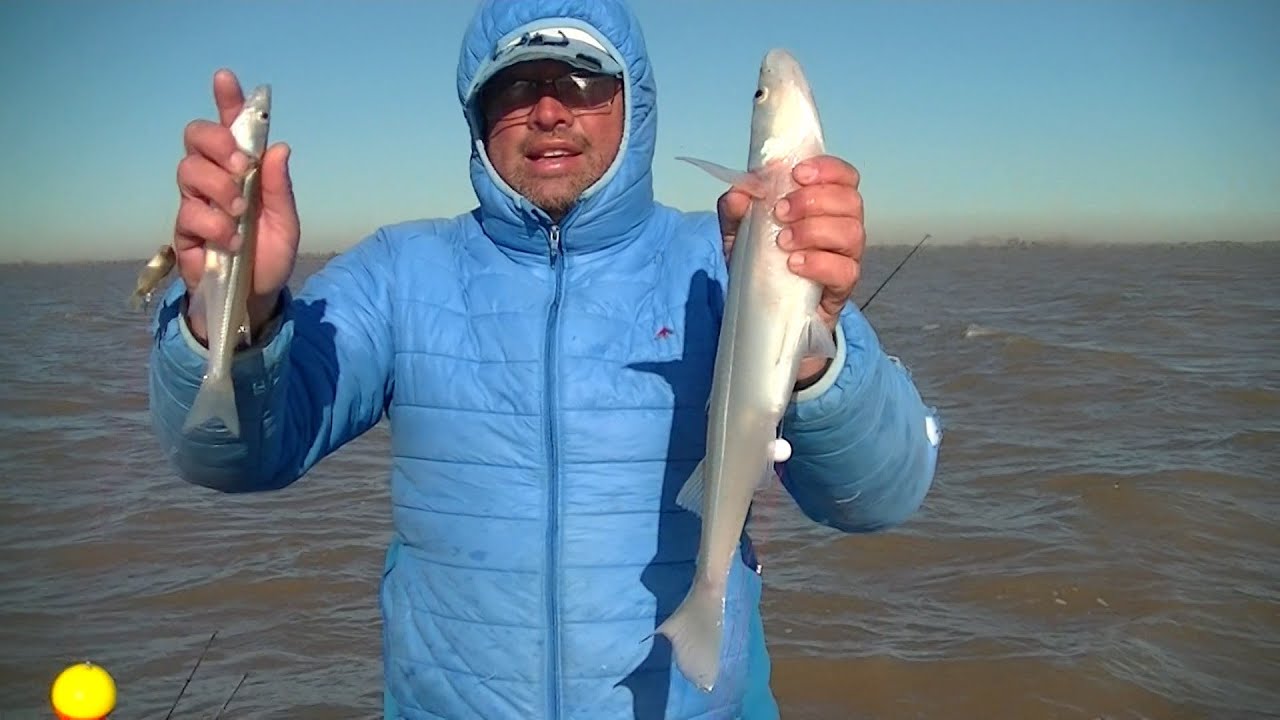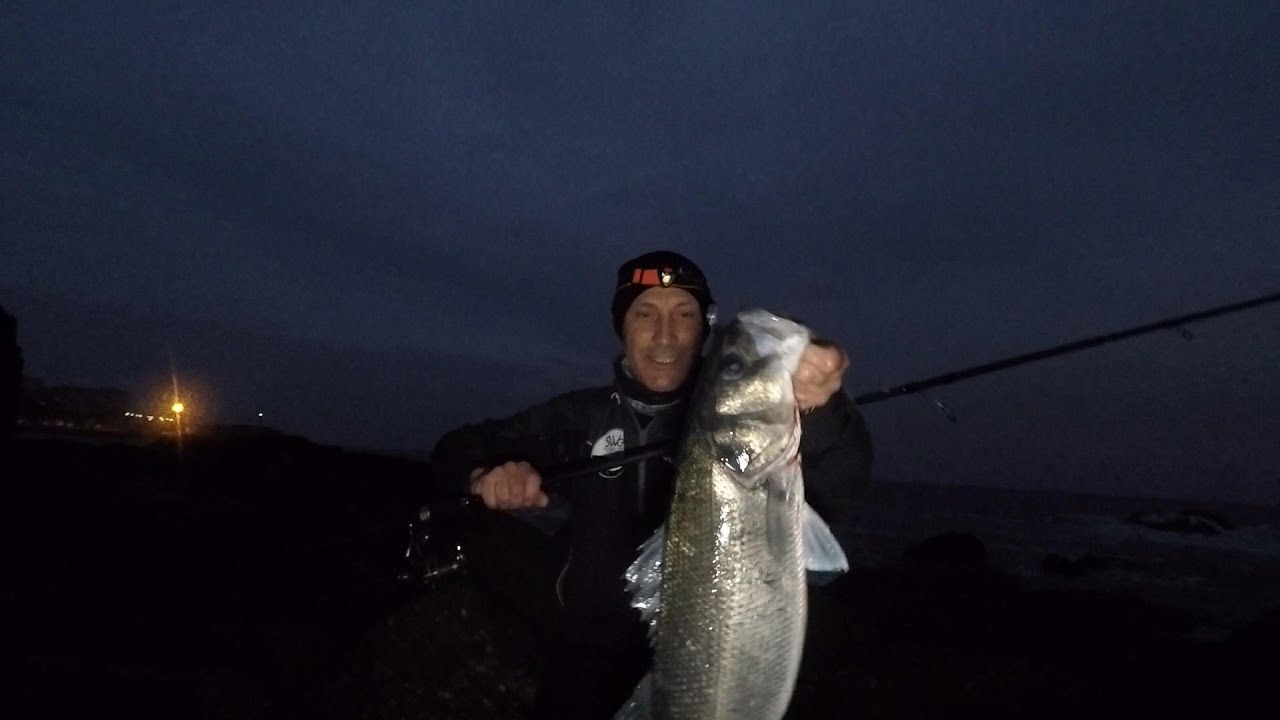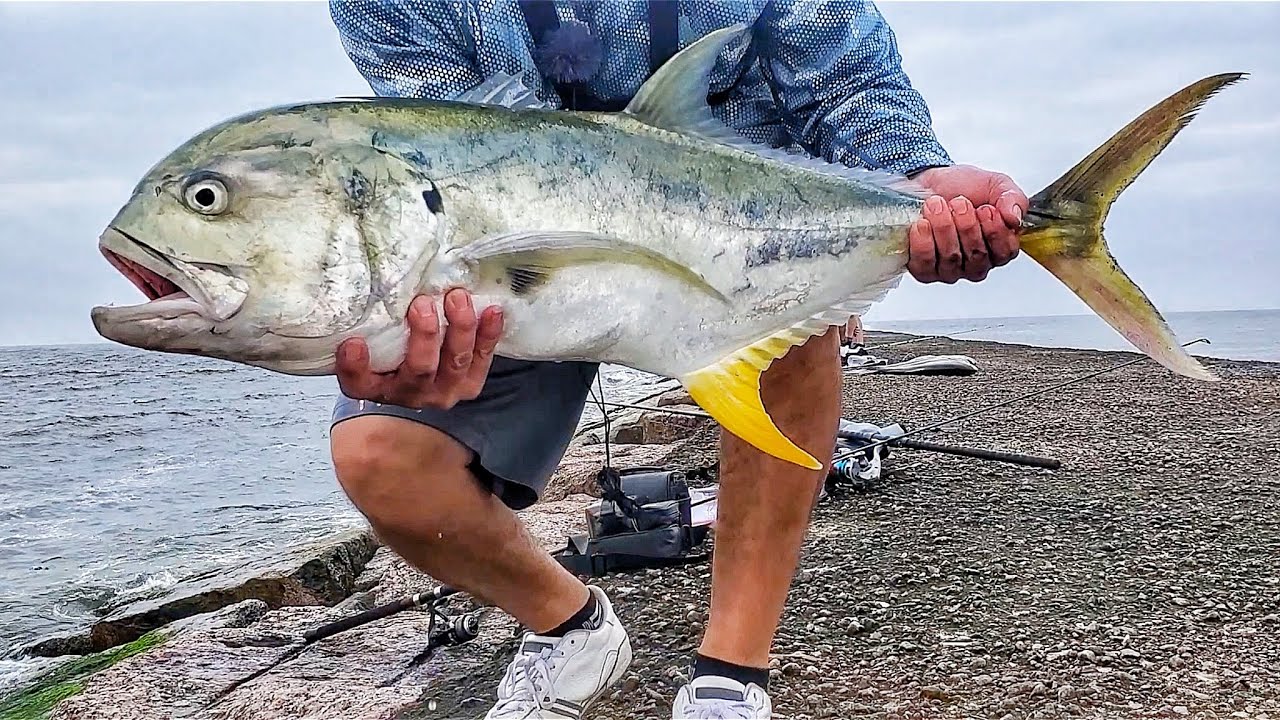The solunar fishing table is one of the tools that the fishermen have for check some conditions related to the phases of the moon and how this can influence fishing.
Something that happens with these solunar tables is that, even to date, they are very controversial and they are not always reliable for everyone. The opinions on the usefulness of these will always be opposed and there will be no consensus on them.
However, for the most experienced fishermen, planning their fishing day in relation to the phases of the moon is something very common, when consulting the table, we can see the position of the moon with respect to the earth, this being part of the barometer which can indicate whether or not there will be good fishing according to the behavior of the fish and, of course, the needles themselves.
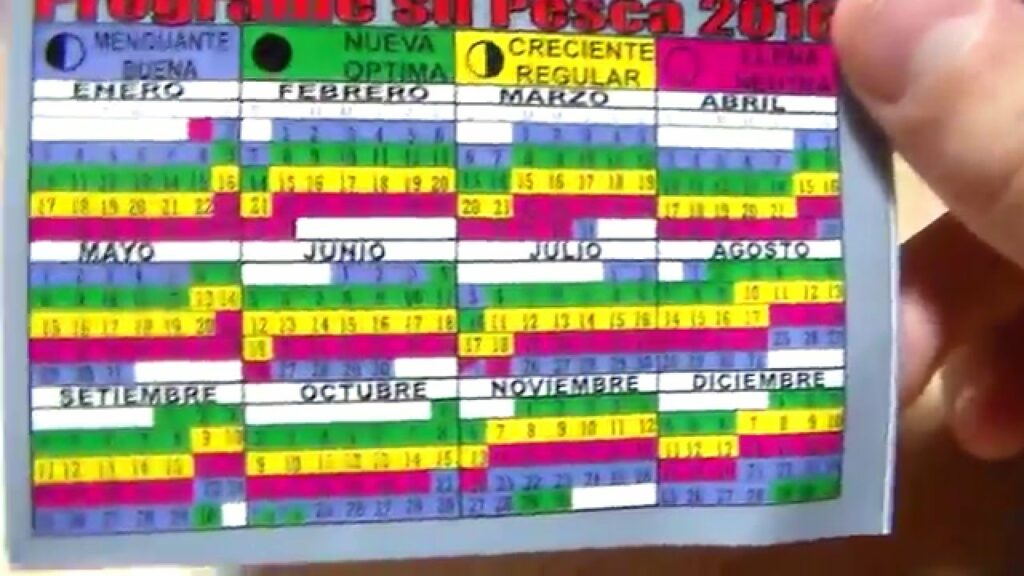
The Fishing Solunar Table
Origin of the solunar table
For the seventies, John Alden Knight formulated a theory that indicated the succession of different natural phenomena related to the phase of the moon. For fishing, he specifically noted that the fish seemed to be much more active at some times of the month than others, these related to lunar phases.
General aspects of the solunar theory
It should be noted that this table is not for the exclusive use of fishermen, since it is also useful for hunters because the moon can also influence their behavior.
Observing this, he was able to put together the solunar table that we know today and that shows, in summary, the following:
- Periods of approximately two hours, for a total of four times a day in which the animals usually present greater activity to look for their food
- There are two types of solunar periods: major and minor.
- The older ones indicate the ideal times for hunting or fishing. These can last up to three and a half hours.
- The minors present, in turn, a duration that goes from 45 minutes to 90 minutes.
- The periods alternate every twelve hours and fifteen minutes with a
Major periods alternate with minor ones, with a major period occurring on average every twelve hours and fifteen minutes, with an adjustment between one and the other of approximately five hours.
Uses of the solunar table
Being then the theory as we have explained it, this tells us that there is a greater probability that the fish can bite at those times than the table indicates. The reason for this is because this is supposed to be the time when the fish will be engaged in foraging.
For some it doesn't really work or convince them, others assure that they obtain very good catches in periods of new moon or full moon and, depending on the tides, fishing on the coast can also be favored by the lunar phase. The latter because the higher the tide, the greater the activity of fish.
It will be up to you to verify the solunar table in your favorite application and try to go out for those fish that may be much more willing to bite on this specific day, thanks to the favor of the moon.
